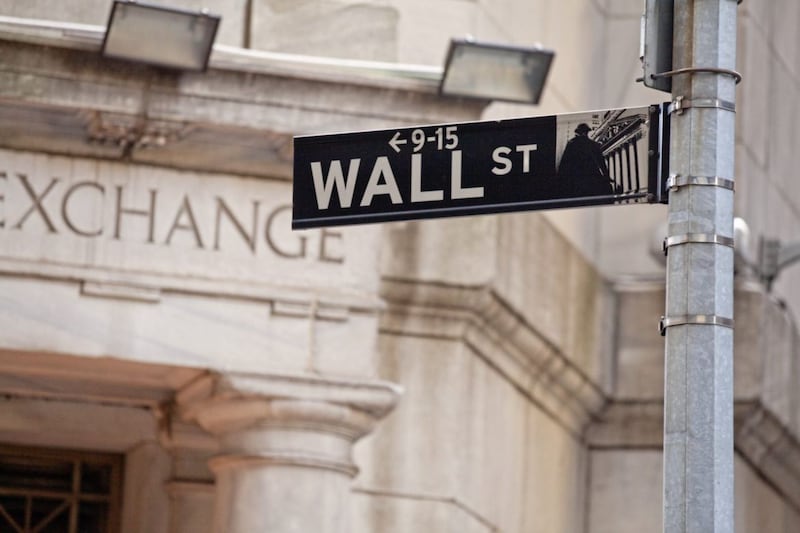LET'S examine the cost of waiting to invest.What are your chances of finding a better entry point than today? Is it better to take the plunge, or phase in over a period of time?
Let’s look at the performance of the FTSE 100 over the past year. From a level of 7,265 on April 24 last year, it reached almost 7,800 before tumbling to just under 6,900 near the end of March past. Since then it has climbed back up to almost 7,400.
If you’d invested in a FTSE 100 tracker at the start of this period, your total return including dividends would have been a respectable 6 per cent, before fees. On the other hand, if you’d waited for a pull-back, you could have made 7.8 per cent. An extra 1.8 per cent is nothing to sniff at, but it’s arguably a little bit disappointing as the very best pay-off of a gamble that could have gone badly wrong.
More to the point, the timing needs to be absolutely spot-on. If you’d been a single day late to the nadir that came on March 23, your bonus return would have collapsed from 1.8 per cent to 0.1 per cent. Markets rebounded, the opportunity expired.
If we had to rank the days over the past year from best entry point to worst – taking into account the dividends received – we find March 23 coming in at number one, as expected. But the very first day – April 24 2017 – was a commendable 11th, in the top five per cent. But this was just one example, and the FTSE 100 stretches back to 1986.
There have been moments when staying in cash has proved the better choice – especially when the dotcom bubble burst, and in the midst of the financial crisis. We have previously looked at whether phasing investments in over time can help avoid the worst of these downturns, and found that while this strategy can provide a smoother ride, it typically comes at the cost of lower returns.
But does phasing in make more sense if we restrict our analysis to those times when the stock market feels as if it’s a little dear? After all, these perceived peaks are the threat against which averaging in is meant to guard.
There are many ways to define such moments, but a good proxy is when the FTSE 100 rises 10 per cent above its average over the past year, which has been the case just under a fifth of the time (which itself should serve as a reminder that fresh all-time-highs are far from an aberration).
The answer seems to be broadly unchanged: a narrower spread of returns with a correspondingly lower median (6.3 per cent vs. 9.3 per cent).
Of course, the choice of 10 per cent as the threshold was arbitrary, as was the choice of one year as the period over which to compare. It is possible to find criteria for which phased investment does seem to outperform all-in-one-go, but these criteria whittle the data down to such an extent that we’d be in danger of placing too much confidence on rare, extreme outcomes, the lessons of which are no guide to the future.
Investing is like having a difficult conversation: it’s best not to put it off for another day. Any strategy that attempts to beat the market by avoiding it is unlikely to succeed; stock prices have trended upwards over time, however you analyse it – with dividends paid all the while.
Regular phased investments will usually result in a poorer outcome than simply putting your money to work all in one go, but they can nonetheless be a useful approach for those who’d rather not jump in at the deep end.
:: Jonathan Sloan (jonathan.sloan@barclays.com) is a director at Barclays Wealth & Investment







